It’s a fact that all aquarists, sooner or later, take a holiday, maybe just going to immerse themselves in those fabulous tropical seas where taking inspiration for their beautiful aquariums.
But when we go on vacation our aquarium is all alone, waiting for our return.
All the time that the aquarium will be alone, it will be once infinitely long and infinitely dangerous. As Murphy’s Law teaches, if something can go wrong will do so inthe worst time and in the worst way. And with many years of aquarium on the back I can say that I’ve seen that everything can happen.
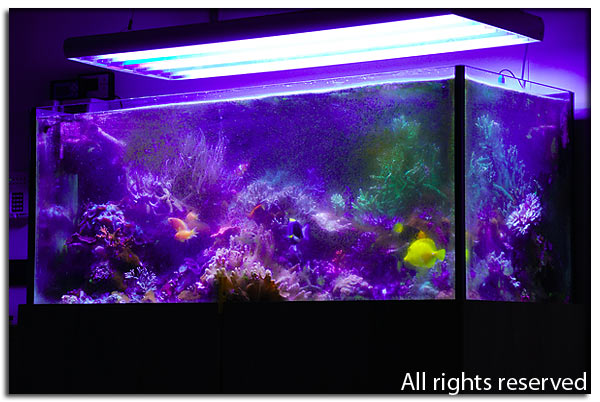
Above you can see how my tank was reduced after 8 days of absence for a trip
To avoid unpleasant surprises, we must attend carefully to everything, even if the problem could still be lurking, regardless of our gigantic efforts.
So let us analyze the problem from all angles.
- Fish welfare
- Corals welfare
- Tank welfare
- Coverage in case of electrical blackout, both short-and long-term
- Methods to keep track of what happens in the aquarium at all times
- Summarize the tasks of our substitute
Fish welfare
Our beloved fish must learn that for some days nobody will take care of them. Then nobody can control anything, and nobody will give them food.

Except for specific cases, is not a problem if the aquarium is left “alone” up to 2-3 weeks, talking about aquariums that are at least about 200 liters and are properly set. The fish may lose weight a bit, but if well fed will continue to graze happily on our rocks, and will have no particular problems. My advice in any case is to supercharge the week before departure, even double what we normally used to give them, so have a little more reserves to draw upon during our absence.
My aquarium is with me since 2001, although in three different tanks, and since then I have had periods of distance from 1 to 2 weeks without any problems of this type. It’s obvious that if we host aggressive fish in the tank, our absence could lead to the aggravation of this situation, which could be lethal against other fish even in the long run. I speak for example of some types of trigger fish, aggressive for nature, and if left without meals could clean the aquarium from every type of sea urchin and shrimp, for example.

The beautiful Calloplesiops altivelis feeds shrimp in the wild, although not overly aggressive towards amboinensis and debelius Lysmata, but if left to the diet for 15 days could become aggressive
In the market there are automatic feeders, they should just carry out the task of feeding our pinnate friends during our absence. I generally tend to advise against their purchase for many reasons. First of all the feeders are placed near the aquarium, where the humidity is higher and therefore more often your content is dampened before being released in the tank, arriving in the worst cases even to the decomposition. Of course this does not happen with food that will be administered the next day or the following day, but think about a food that remains in the feeders, exposed to moisture for a week or 10 days, we can be reasonably sure that is still healthy? Also relying to a specific tool that is not used all year, then some damage could happen just when it should serve, and in any event we should still use a protocol to avoid unpleasant surprises about electrical failure. If storing food in the feeder does not scare you (and I recommend, in case, to use only granular microencapsulated feed), however, think that might crash or worse could topple the entire contents into the tank with deleterious effects. But if you really want to use it, because it makes you feel more relaxed, put in it very little food, remember that serves only to their survival and not for their well being, and it can be a good idea to use it for less than the period of absence, i.e. four days for a week of absence and not more than 9-10 days for two weeks in order to minimize risk of use.

Granular feed
But if you are lucky to have someone who can go visit the aquarium once every 2-3 days, just to give them a spoon of feed, up to two each time. Little food, little pollution, because remember that in case of contingencies we are not there, and if the aquarium is polluted, can be a big problem.
Corals welfare
The question of corals is much more complicated, especially for those who make use of methods to bacterial growth, that they ZEOvit or Elos Purist or others.
Corals need light daily, and on this I think there should be no problems, calcium carbonate, and even this may not be a very big problem, movement, and even here we should be okay … but with power failure and with the additives we have strong problems.

Aquarists more demanding, and with more economic opportunities, typically buy a series of dosometric pumps that put in the aquarium the substances we want in desired quantities. I, that do not use methods in bacterial growth and I do not care about this issue, and I merely.. .. do nothing. In my past experience I have never lost a single coral for absence, unless it was caused by a fall on other corals. Indeed, on my return all corals generally enjoyed better health than I had at my departure. I therefore believe that this is not a very big problem. On the one hand corals are able to take food through the waste substances expelled by the fish, on the other a decrease in their metabolism usually leads to problems not susceptible even if continued for a couple of weeks. Again, however, suggest a supercharge during the week, or weeks, before our departure with a last big dinner just a moment before closing the door.

Media into calcium reactor
If we step back we see that a critical issue may be that of the non-administration of calcium and carbonates.
A simple aquarium, and maybe even small, could not have a calcium or Kalkwasser reactor, and therefore could only be maintained with the manual administration of calcium and carbonates. In this case, my advise still does not to do anything, because during our absence the limitation of calcium carbonate in the water in conjunction with the reduced availability of food will lead to a slight slowdown in the growth of coral, with no effect on their health.
In case of the presence of various reactors, fill it (or them) with suitable material at least one week prior to departure, in order to assess any problems in the reactor itself. But the reactor could have some problem, which usually it always happens when we’re on holiday … This could for example block the outlet tube of the reactor, and in this case the calcium reactor would be been useless, or the CO2 inside the cylinder could finish (that’s happened to me personally at least three times…). But as written before, in case of lack of calcium and carbonate the metabolism of corals decreases without any damage to the animals.
We have to make a clarification. The corals don’t consume all the calcium in the water until getting to zero, and thus undermine their own survival, but by reducing the presence of calcium in the water, under 350 ppm, the rate of growth decreases due to the increased energy required to extract the calcium from the water, and that in fact associated with less food available, it lowers the rate of growth and metabolism … and in fact, conversely, the more growth you have in those aquaria where calcium is disproportionately high, more on 500ppm, with heavy and continuous feed administration.
So even the reactors are not a (big) problem for corals.
Tank welfare
In addition to fish and corals we must also consider our tank. Because since we’ll not be there, nobody can do our job. We have just talked about integrations, but remains a very important thing to consider: the salinity!
We all marine aquarists, or at least most, we have a reverse osmosis water tank where there is a pump that provides for the automatic refilling, but the tank is quite small, and its duration is usually calculated to be in the order of 4 -7 days. For peace of mind you need to increase capacity during our absence. Those who can, and I remember Zanna Bianca, has connected its reverse osmosis system directly under the tank and through Limulus Aquasmart controls the opening of the valve that fills a small storage tank. Simple system that does not need space, and virtually always perfect. Unfortunately, we are all not so lucky to be able to bring the osmosis plant under the tank, so we have to think in another way.

My sump with the tank filling in the left, and the calcium reactor in the center
First of all advice to turn off any fan that serves to evaporate water, so reducing evaporation there will be less demand of new reverse osmosis water, assuming you have at least one chiller to operate. Otherwise, you can’t do it.

the classical tangential fan to turn off before you leave … if possible
First of all you have to prepare some tank fillew with RO water, ready to put in the aquarium, so to make life easier for the person who gets on top up the tank and in order to prepare for our return.
If it were possible you may, this time, change the RO tank with something bigger, but pay attention to the law of communicating vessels. That is, if you put a container very high, the water outlet must never be below the water level of this tank! In fact, if the pipe, connected to the pump that starts from the tank refilling, should finish below the water level of the refilling tank, when the pump will start to fill up, the sump will begin to fill, but when the pump will shut off, the flow of water will not stop, putting all the water into the sump … if you do not trust … try it
Of course, before leaving, you will fill the tank, then you will ask to some friend or relative to go to your house every 4-5 days to refill the water.
Coverage in case of electrical blackout, both short-and long-term
So now we begin to tackle the real problems that can occur in our aquarium. It’s self-evident that our aquarium is based and lives on the electricity, and thus the lack of electricity is not compatible with life in the aquarium. So we have to act in some ways.
It’s impossible to provide an alternative energy source to the aquarium for all the time in which we will not be present, also because the causes of the blackout can be many and varied. I believe essential to use an uninterruptible power supply that feeds only the return pump, of course, the greater the duration, the greater the time required for intervention by a person of trust. I first used an APC UPS (APC Back-UPS RS 800VA 230V), which gave me about 6 hours, then I switched to a Zeus of Ocean Life, which you can read a comprehensive article on this site, that gave me about 25 hours of battery life.
I have already discussed a lot in the linked articles about the great importance of the return pump, then I refer you to the articles for a more complete speach, but summarizing the keynote speech is based on the fact that we must seek to maximize the aquarium life during our absence, and increasing the number of electric users to decrease drastically the time for which they could be on. The return pump guarantees a minimum circulation in the aquarium and provides oxygen exchange due to the fall of the water in the sump.
One school of thought prefers to give more importance to the movement pump, indeed Ecotech Marine and Elos provide a backup system that maintains a pump running at minimum power. I do not believe that this solution is effective because it would have a limited oxygen exchange in the tank even if a greater movement. Some negative experiences I’ve read recommends me to prefer the former. In any case, matching the two solutions would be an even better solution.
But UPS alone are absolutely useless if we are on holiday for a longer time than back-up.
It’s therefore absolutely necessary to have some device that can warn us of the blackouts in the aquarium. I now have a dialer that alerts me, by calling, in case of power failure… and over to call me, call my wife’s cell phone also. Since the autonomy of my aquarium is roughly 24 hours, and during holiday, I look at the phone some time to time, so I can call some of my relatives to go and check what has happened. If I had not close relatives I could try to ask to an aquarium keeper friend, leaving him the keys to my apartment. In this way my aquarium is covered, except for errors of the machines, for 24 hours, long enough to make anyone intervene.
I’ve always been focused on electronic management of the aquarium, and I were passed from Aquatronica (sorry only italian article) to Limulus and finally to Biotopus II and I have always tried to have and use the GSM modules sold by three companies. When I had Aquatronica unfortunately the GSM module was not yet available, but I had the gsm of Limulus that played efficiently his work, and I currently have the gsm Biotopus II but in this case, without buying also the Rescue module it becomes unusable, because if there will be a power failure… it will off. I solved the problem by putting both the Biotopus II that its GSM module under the Zeus, which is a convenient practice as we will see the last chapter, but in the absence of the aforementioned module I would not feel good in the event of power outages. But having already a telephone dialer I can live with it anyway, using the fact to have the Biotopus always on, with the reading of the sensors continuously.
Methods to keep track of what happens in the aquarium at all times
As I mentioned before, it is vital to be informed of the state of our aquarium when we are far from it, both to reassure us and to be able to intervene in case there are some of problems. To do so we must have a computer that manages our aquarium, as already mentioned Aquatronica, Limulus, Biotopus II, or even the most ancient IKS, or a custom managed PLC, and to have a GSM phone dialer, so you can do virtually everything.

From top left Aquatronica Limulus and then down the Elos Biotopus II
Having no experience of the GSM Aquatronica I just say that I think is functioning optimally, and therefore can be likened to what I’ll write for Limulus Biotopus, but that I know best.
In brief, with any GSM phone, you can have dispatched on your mobile the status of your tank at set times so you can check the status of the tank from far away. Of course, it’s always possible to request the health status of your system, at any given time, but this also requires a text message on your part. Normally however any system will inform you in ways slightly different from system to system. For example Limulus can send the sms to your preferred hour, and the message itself could show the temperature, each possible pH sensors, conductivity and redox probe, if there is any error, the message sent is like this “Time: 14:56 Tank 8,09 ph Redox 297 mv Rector 0,00 ph Temp. 25,4 C Temp. aux 25,4 C Conduc. 57,1 mS No alarm active“. With Biotopus instead the message, if you wish, is sent only at noon, and you can see the temperature, pH, but not the redox and conductivity, but you can check the status of the first 5 power units, which is very convenient just to see if there is something powered, the example is like “26/08/2010 H:12.00 Status=WARNING T=26.0(25.4) pH=7.68(8.20) A1/L1=0 A2/L2=0 A3/H1=0 A4/L3=0 A5/MT=0 A6/OS=x“.

Limulus GSM module
In this way we can verify the state of the tank by reading temperature and pH value, and depending on the brand, also redox and conductivity. In any case, if the value is outside the safe range set, you can choose to be notified via sms of the anomaly in order to run for cover. For example, if the chiller does not work in your absence and the probe temperature reading is too high you will be informed immediately so that you can send someone to check what has happened.
In the case of power failure you can be alerted with an SMS, only Biotopus doesn’t do but it also need the rescue module, which incorporates an auxiliary battery and a pump that serves to keep moving the water in case of power failure.
Obviously it is not necessary to have a similar system, which ultimately is certainly expensive, but could be resolved with a simple GSM phone dialer, but only warns us of the lack of electricity, which in any case is by no means little!
Finally there is a more advanced method, namely the ability to link to our home computer one webcam to transmit the aquarium on an internet channel so you can see at any time, provided that there is an internet connection where we are on vacation, and that we could leave our computer on. In any case it is a great opportunity. You can do also through GSM without going through internet, but in this case especially if you are abroad is extremely expensive to accomplish.
Summarize the tasks of our substitute
It’s hard to be calm if we have no one that could look at our tank, at least for a period exceeding seven days, even if everything else is done to perfection. Apart from this, however, the tasks that we should leave our substitute must be extremely simples, not to complicate his life, and risking having completed the most demanding tasks (cleaning of the skimmer), but perhaps forgetting those simple but most important (filling tank with RO water).
So besides giving a few little spoons of food for fish and fill up the tank of RO should not do anything else! We have to keep things simple, so it is possible for almost everyone to complete them.
I recommend to leave to our substitute the phone number of an aquarium keeper friend 
When I wrote this article, in italian language, I was leaving for my holiday on Red Sea, 15 days :), and when I came back… everything was fine… Great!







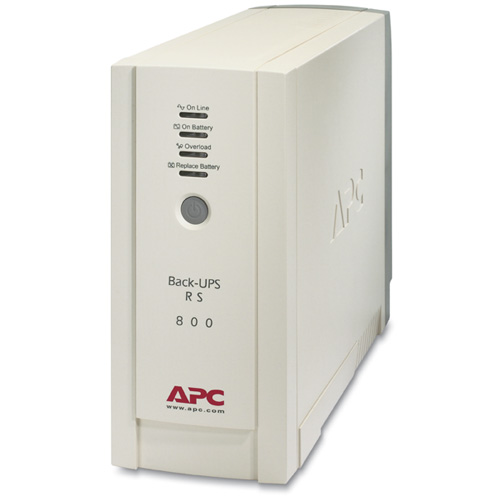
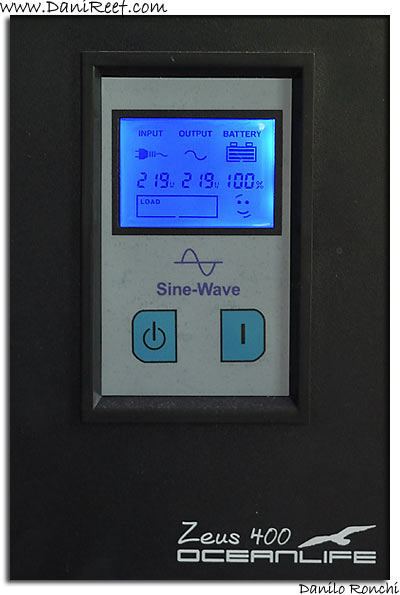

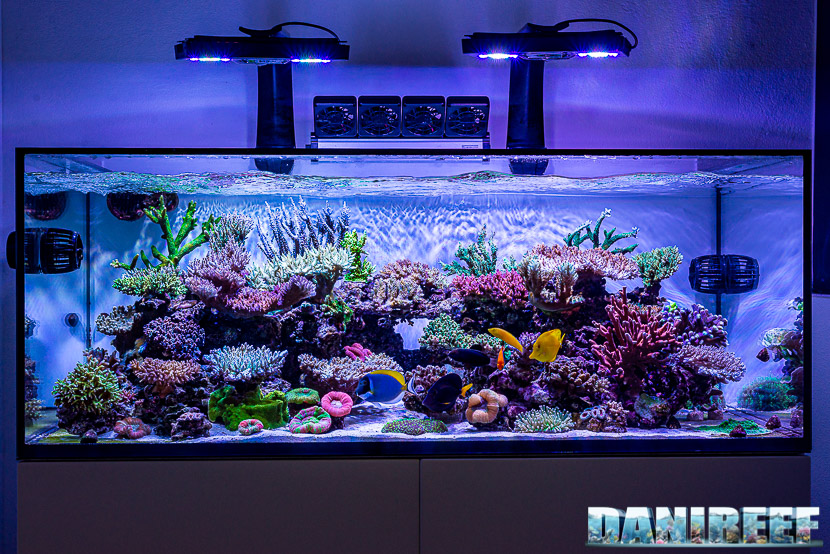
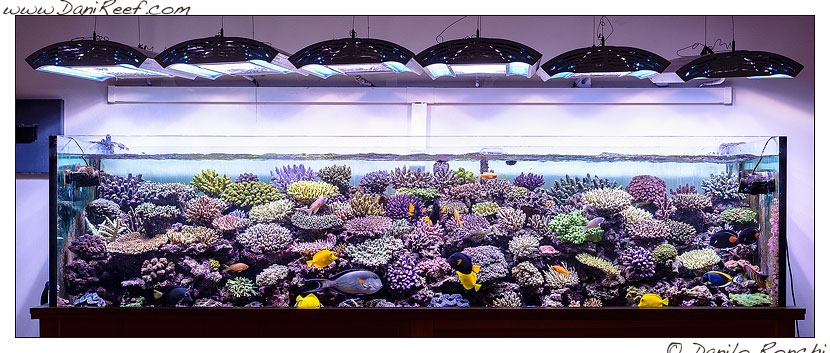
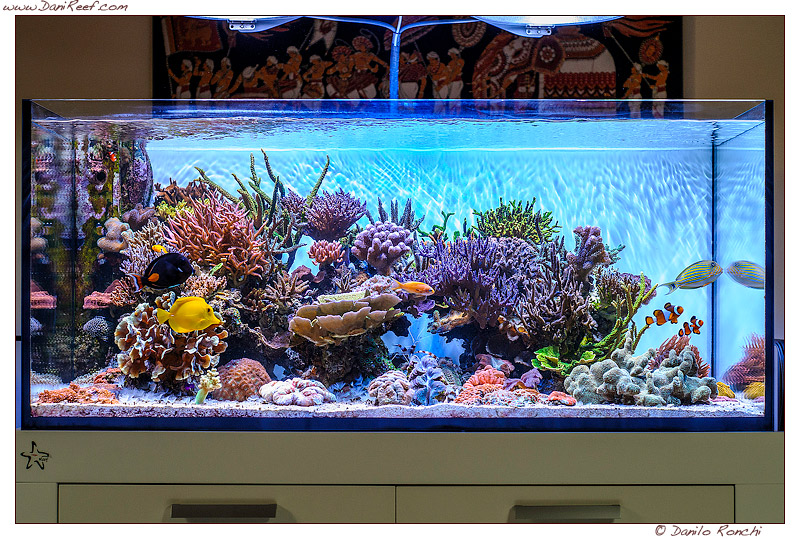
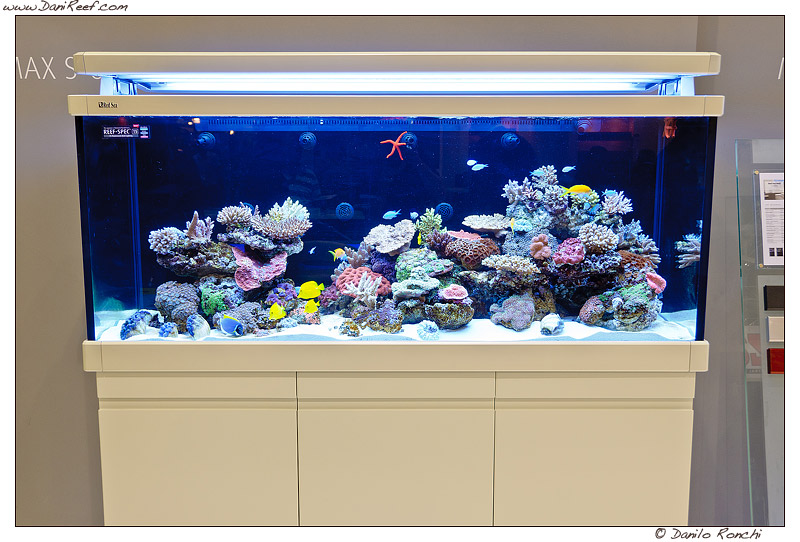
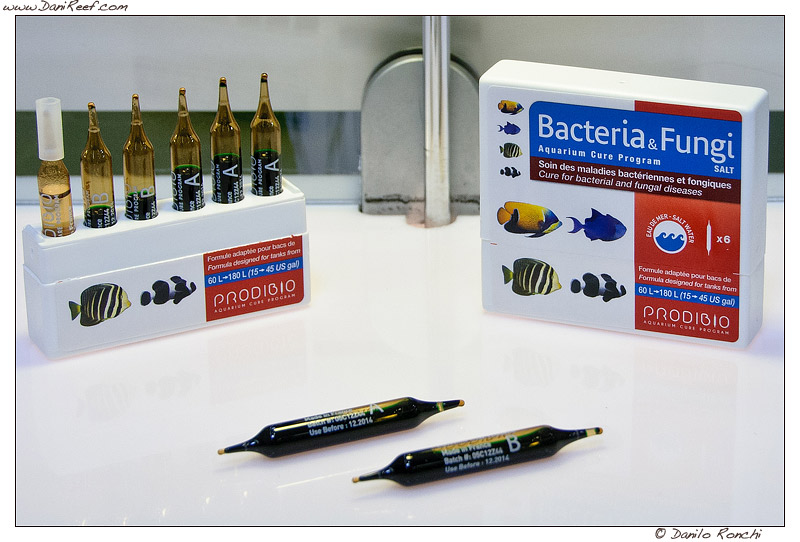
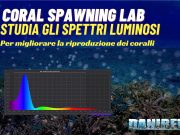

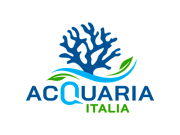
Reef Aquarium 125 gallon…
I found your entry interesting thus I’ve added a Trackback to it on my weblog :)…
Thanks a lot!
Danilo
Wonderful ..thanks a lot for posting a good informitive blog